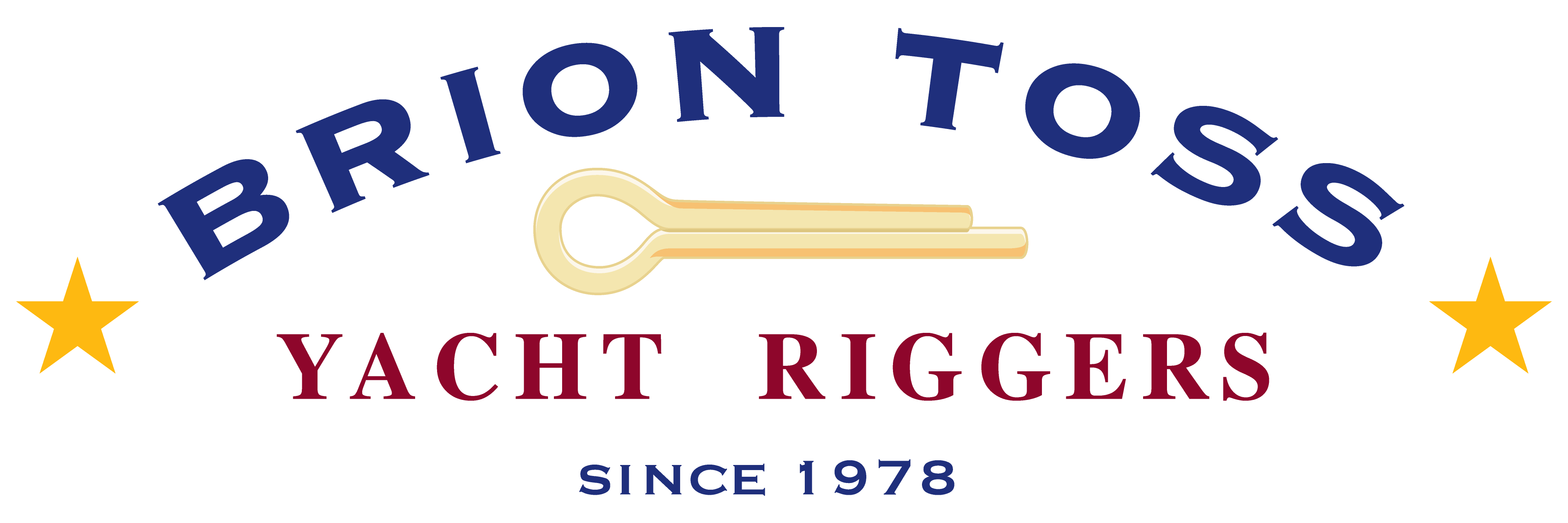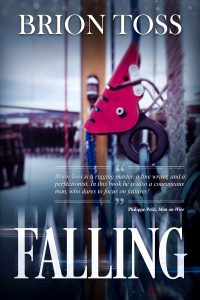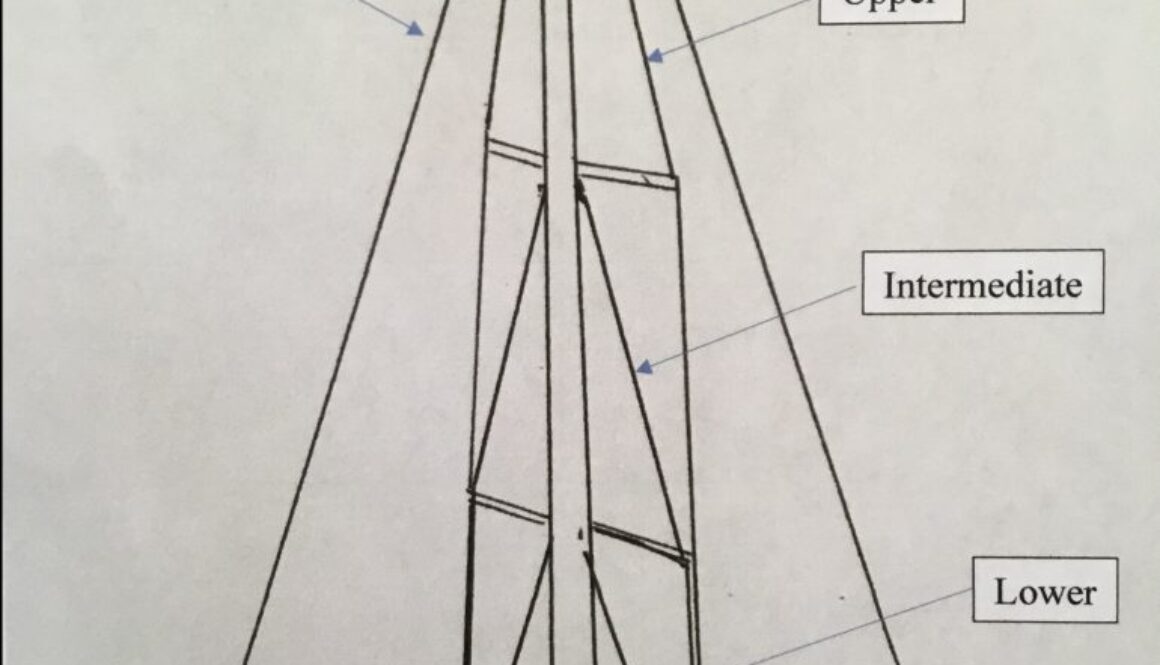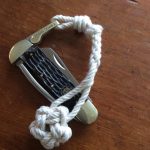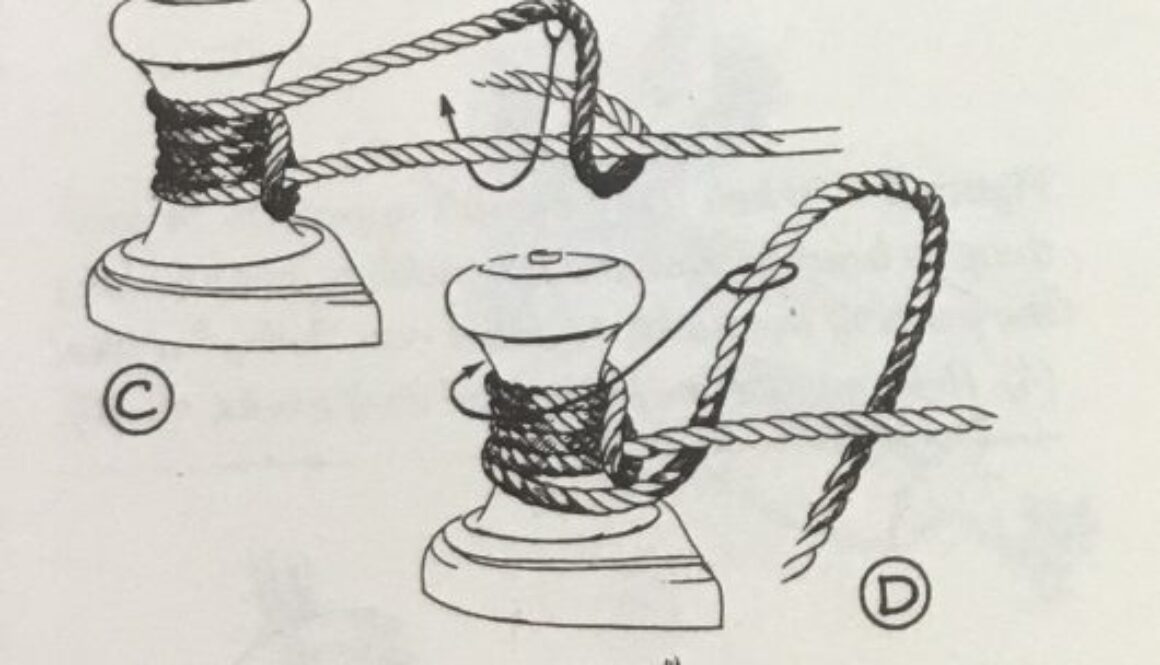Not Falling Far, Part 2: The Bounce Test
Last week I told of a near-fall while aloft on a big square-rigger. This week’s story takes place some years later, aboard a contemporary sailboat.
I now never go aloft unless I have, at all times, at least two methods of attachment to something trustworthy. Usually this means two halyards, and I prove each one by having the deck crew take up on it, then holding it on a belay point as I leap up and fall on it. This imposes an impact load that is much higher than my bodyweight; the idea is that if any component is going to break, it will break it before I leave the deck. We call this “the bounce test.”
There is a hidden double meaning to this phrase, having to do with how fast things fall. In J.B.S. Haldane’s 1928 essay, “On Being the Right Size,” he notes that “… the resistance presented to movement by the air is proportional to the surface of the moving object. Divide an animal’s length, breadth, and height each by ten; its weight is reduced to a thousandth, but its surface only to a hundredth. So the resistance to falling in the case of the small animal is relatively ten times greater than the driving force.”
Translation: big animals fall faster than small ones, and are therefore more likely to be injured or killed when they fall. Cats land, people bounce, horses splash.
When you do the bounce test, then, it is well to remember that, should something go wrong, you will hit the deck so hard that you will actually bounce. This is to be avoided.
The trouble is that, even knowing the consequences of the failure of one’s gear, the repetition of ritual can wear away the significance of its source. The bounce test is a ritual, a comforting ritual, a way of informing my hind brain that I am being appropriately cautious. But for me on this day it has become a bit empty; I am just going through the motions.
One of the halyards is the jib halyard, and one is for the spinnaker. The latter is rightfully regarded as the least favorable line to go aloft on, because a failure of the block means that the entire halyard will fall to deck, along with whoever is on it. On some boats the line goes into the mast a few feet below the block, but even here a fall could kill you, because you will fall twice the distance from block to mast entrance before fetching up sharply. Talk about a shock load. There is even a moderate-to-good chance that, in fetching up, the halyard might shear on the bottom of the exit, so you would get one possibly fatal shock load followed by an almost certainly fatal landing. Halyards that go directly to masthead sheaves are far more robust, and far more trustworthy.
I am not thinking of any of this as I jump up, lean way back, and bounce on the belayed spinnaker halyard. Suddenly I am lying flat on my back, stunned, and watching as the halyard, and its block, and a broken-off chunk of stainless steel spinnaker crane is hurtling towards my head. I think, “It would be really embarrassing if that kills me,” and roll sharply away.
The assembly just misses me, hits with a crash, leaving a divot in the deck. My crew rushes forward to see if I am all right. Behind them I can see our client, gone utterly pale. It turns out that he is a personal injury lawyer; he later relates, not that he was concerned for my well-being, but that he was fearful that somehow I would want to sue him. But all he says at the time is, “I didn’t know that stainless steel could break.”
Since that time, we always leave one halyard belayed, with just a bit of slack in it when we are testing the other one. That way, if the one being tested lets go, the other will catch the climber right away. And we never lean way back as we jump. We work to keep the ritual, and therefore ourselves, alive.
This was the second part of the three-part “Not Falling Far” series. To see part 1, “The Flag,” click Here.
Enjoy the story? Looking for more? You’re in luck! “Falling,” which in includes all three of these stories along with other tales from aloft, both thrilling and amusing, is now for sale on Amazon.com in handy e-book form! Or click here to get it on Apple iBooks!
From dropped tools to collapsed towers to near-fatal falls, the litany of accidents and near-accidents is long… and the sometimes miraculous outcomes are both instructive and thought-provoking.
Not a technical manual, “Falling” is nonetheless a must-have companion in the library of anyone working at heights.
If you would like to read Haldane’s entire, beautiful essay, visit Here.
For more on working aloft on sailboats, I of course recommend my Video on the topic in our store. It is also available on Vimeo. You might also enjoy the pertinent section in the “Apprentice” , but excellent training in all manner of fall-protection is available just about everywhere these days.
Next week: The Ascender
As always, I invite you to binge-read my large-and-growing number of Blog entries. Thanks to all those who have written to say nice things.
Time is running out for signups for our June Rig Your Boat workshop. Contact us soon.
Fair leads,
Brion Toss
